iPhone 14 vs Google Pixel 7: Which flagship could win?
Here's how the rumors stack up for the next Apple and Google flagship phones
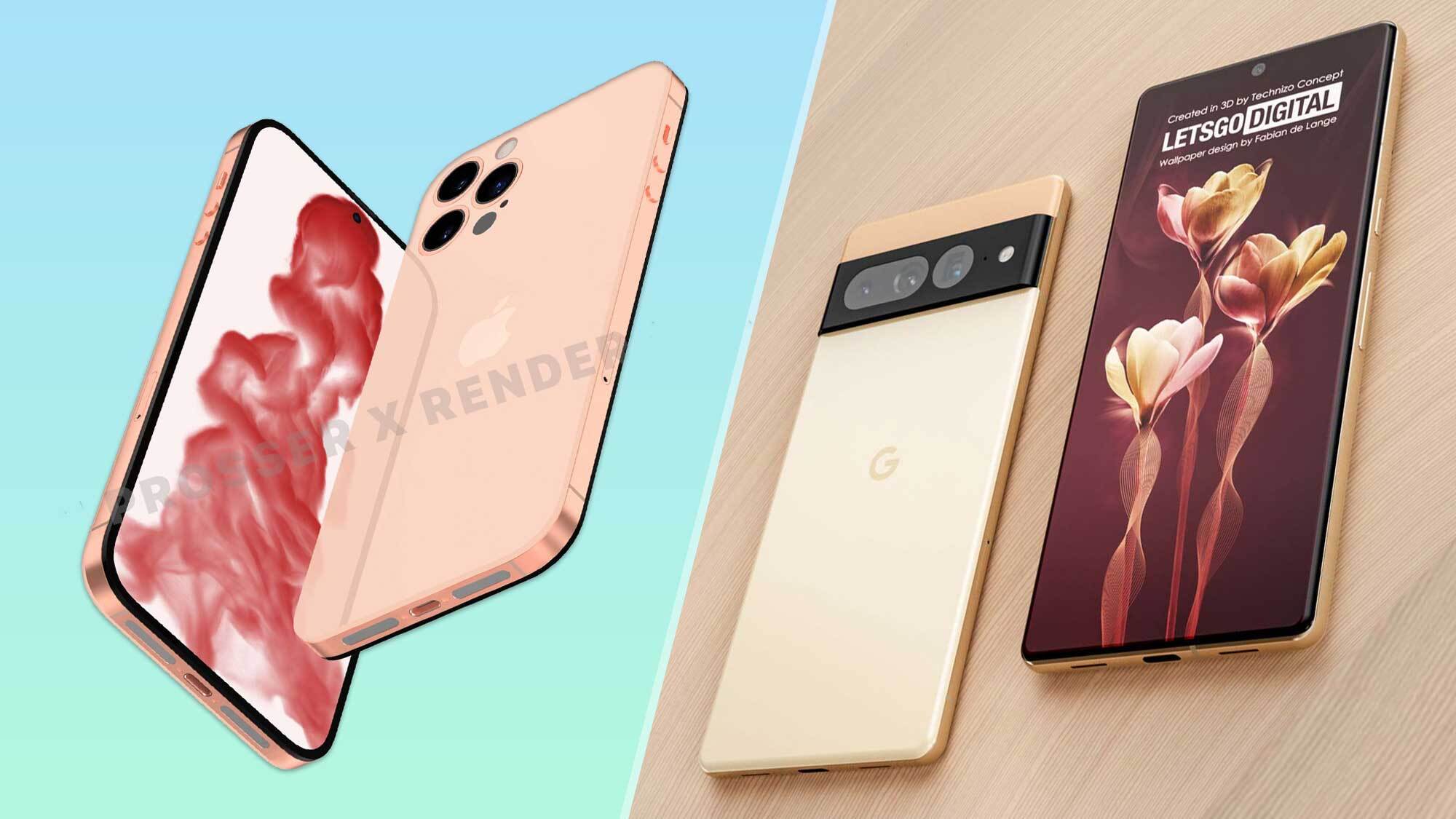
By the beginning of October, we'll have the iPhone 14 and the iPhone 14 Pro plus the new Google Pixel 7 and Pixel 7 Pro. But we want to figure out, based on current rumors, which phone might be right for you.
That's a challenge, as we don't know nearly as much about the Pixel 7 as we do about the iPhone 14. (Understandable, since Apple's phone is about to launch at the Apple September event.) But with Google now setting a date for its own product launch, we expect more details to emerge.
Looking at the iPhone 13, iPhone 13 Pro, Google Pixel 6 and Google Pixel 6 Pro from 2021, we have a quartet of excellent phones, providing a great basis for this year's updates. From what the leaks say, it sounds like the iPhone 14, Pixel 7 and Pixel 7 Pro will all be fairly similar to their predecessors, with the iPhone 14 Pro receiving a few extra changes.
Read on for our feature-by-feature comparison of what we expect for both the next iPhone and next Pixel, and our thoughts on what this could mean for the two phones when they go head-to-head for real this fall.
iPhone 14 vs. Google Pixel 7: Possible release date and price
There's no guesswork involved on when these new phones will come out. Apple holds a product event on September 7, and the iPhone 14 is expected to be the star of the show. While we don't know when the phones will hit stores, if Apple follows its normal pattern, iPhone 14 preorders should begin on Sept. 16.
Google has a date, too — there's an October 6 product launch schedule where Google is promising to "introduce the latest additions to our family of devices." We take that to mean the Pixel 7, given that Google promised a fall release when previewing the phone in May.
For pricing, an increasing number of sources say we should expect a $100 price hike for the iPhone 14 Pro and Pro Max, up to $1,099 and $1,199 respectively. The cheapest mini version might get replaced with a mid-priced Max version. The cheapest iPhone will therefore probably start at $799, just like the base model iPhone 13 does now.
Get instant access to breaking news, the hottest reviews, great deals and helpful tips.
Google undercut most of the competition with the $599 and $899 Pixel 6 and Pixel 6 Pro, and we hope that this continues with the Pixel 7 and Pixel 7 Pro. It'll take more than a price difference to convince iPhone users to move to a Pixel 7 instead of an iPhone 14, but it would certainly be a good advantage for Google to have again.
iPhone 14 vs. Google Pixel 7: Design
Apple's rumored to be changing little about the design of the iPhone 14 compared to the iPhone 13, although there may be a few more alterations in store for the iPhone 14 Pro. The narrower notch of the iPhone 13 will supposedly remain on the iPhone 14 and iPhone 14 Max (more on that in a moment), as will the overall shape of the phone, including the dual rear camera block.
The iPhone 14 Pro, however, will supposedly look noticeably different from the base models. It's allegedly ditching the notch for a pill-shaped cutout that houses the camera and Face ID sensors to unlock the phone. (Earlier rumors claimed that there would be two cutouts, so we hope the single cutout rumor is true.)
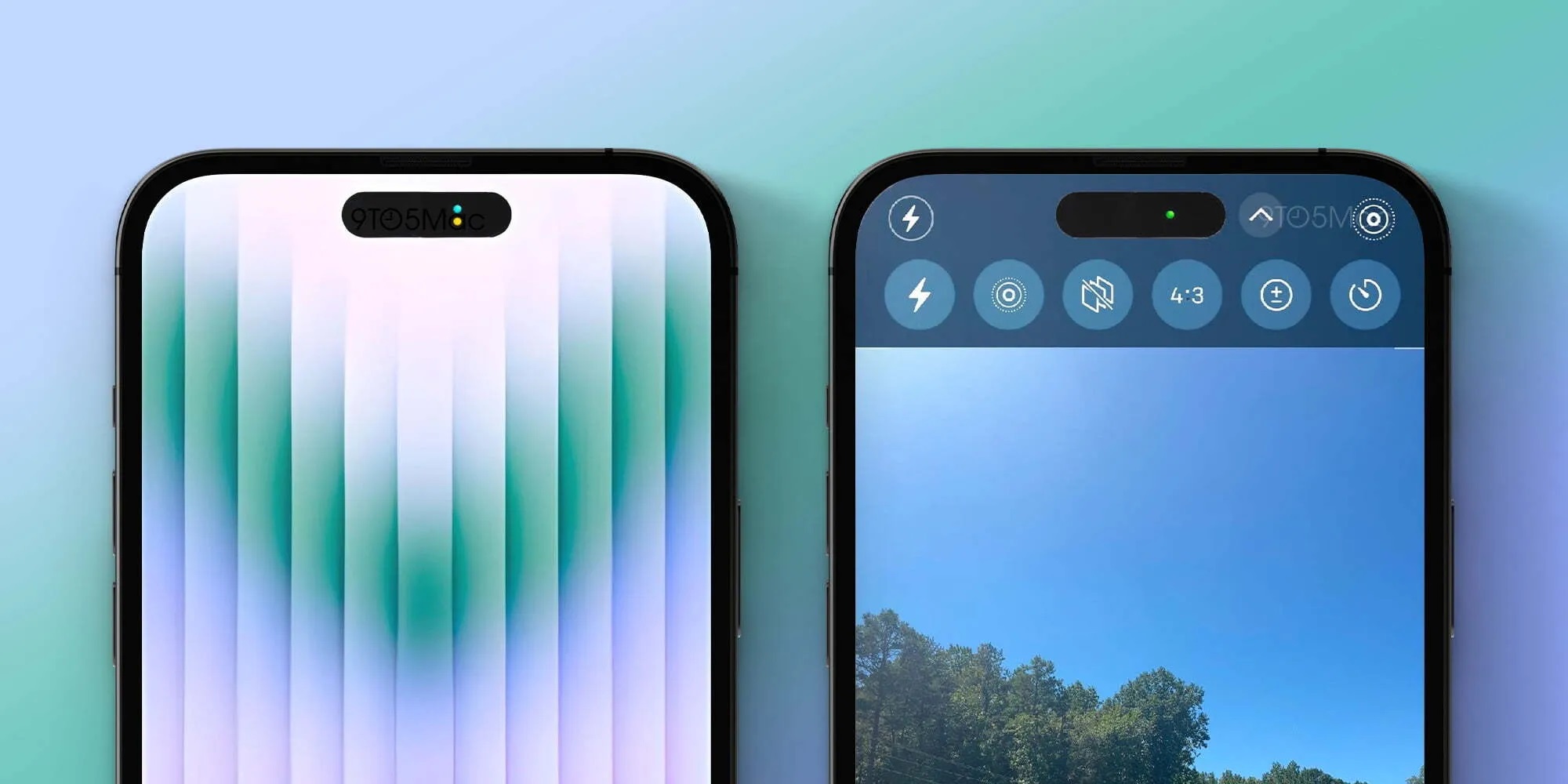
Perhaps the most important design change, though, is that the iPhone 13 mini is out, and a new iPhone 14 Max is in. Apple's allegedly struggled to sell its cheapest 5.4-inch iPhones over the last two generations, so the rumors say it's now looking to offer a 6.7-inch model (same size as the Pro Max), but with two cameras instead of the Pro's three. Good news for big phone fans who aren't bothered by Apple's Pro features, or who just want to pay a bit less. Bad news for small phone fans who need to find iPhone mini alternatives.
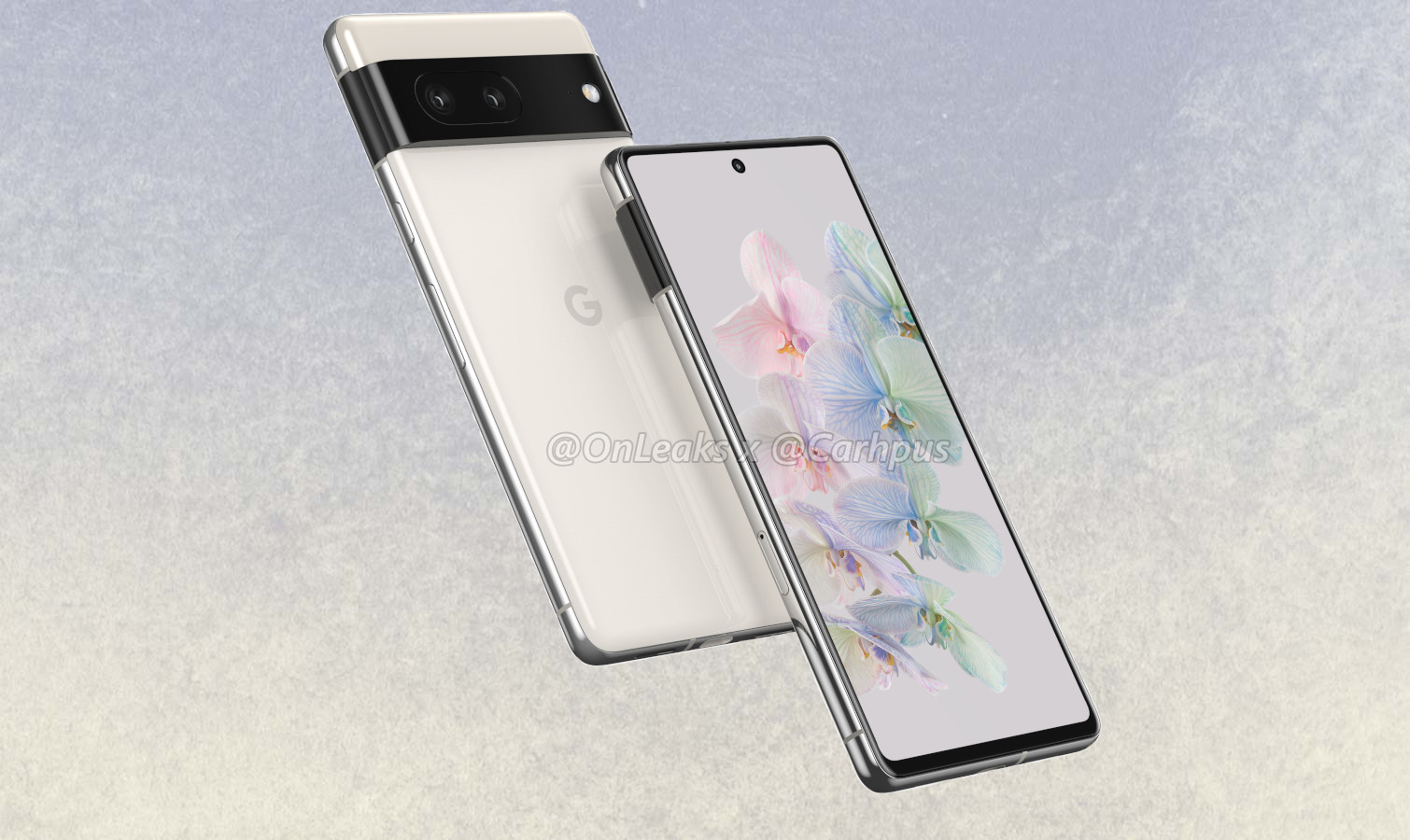
Google made a huge suite of changes between the Google Pixel 5 and Pixel 6 series, so we'd expect not much to change this year. The rumors back up this suspicion, claiming that the only change we'll see is a small size decrease for the base Pixel 7 and a new camera bar design that highlights the camera sensors more.
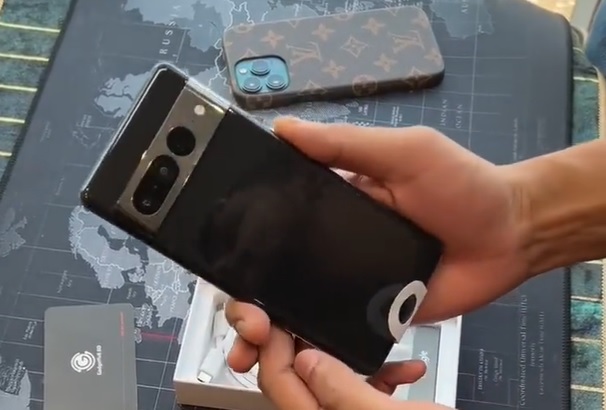
The idea that not much is changing with the Pixel 7's look has been confirmed by a Pixel 7 Pro unboxing video. It is worth noting that the Pixel 7 appears to be slightly more compact than the Pixel 6.
iPhone 14 vs. Google Pixel 7: Display
There will be two sizes of display for the iPhone 14 by the sounds of the rumors: a smaller 6.1 inch one and a larger 6.7-inch one. Those will likely have the same resolutions as the iPhone 13 series, and the same refresh rates. We have no doubt that the two Pro models will get the 120Hz adaptive "ProMotion" displays, while the basic ones remaining stuck on 60Hz.
Meanwhile in Google's camp, there's also little change rumored to be going on. Other than the possible decrease from 6.4 inches to 6.3 inches for the Pixel 7, we're expecting much of the same again. That would mean a 90Hz refresh rate for the Pixel 7, and a 6.7-inch, 120Hz panel for the Pixel 7 Pro.
iPhone 14 vs. Google Pixel 7: Cameras
Once again, Apple seems to be leaving the basic iPhone 14 models' rear camera arrays untouched, with the same duo of 12MP main and ultrawide sensors. The Pros may get their main cameras upgraded to 48MP though, which could make for more detailed or brighter shots depending on how Apple would decide to use it. An analyst also tips the ultrawide camera on the iPhone 14 Pro to use a big sensor with larger pixels to improve low-light photography.
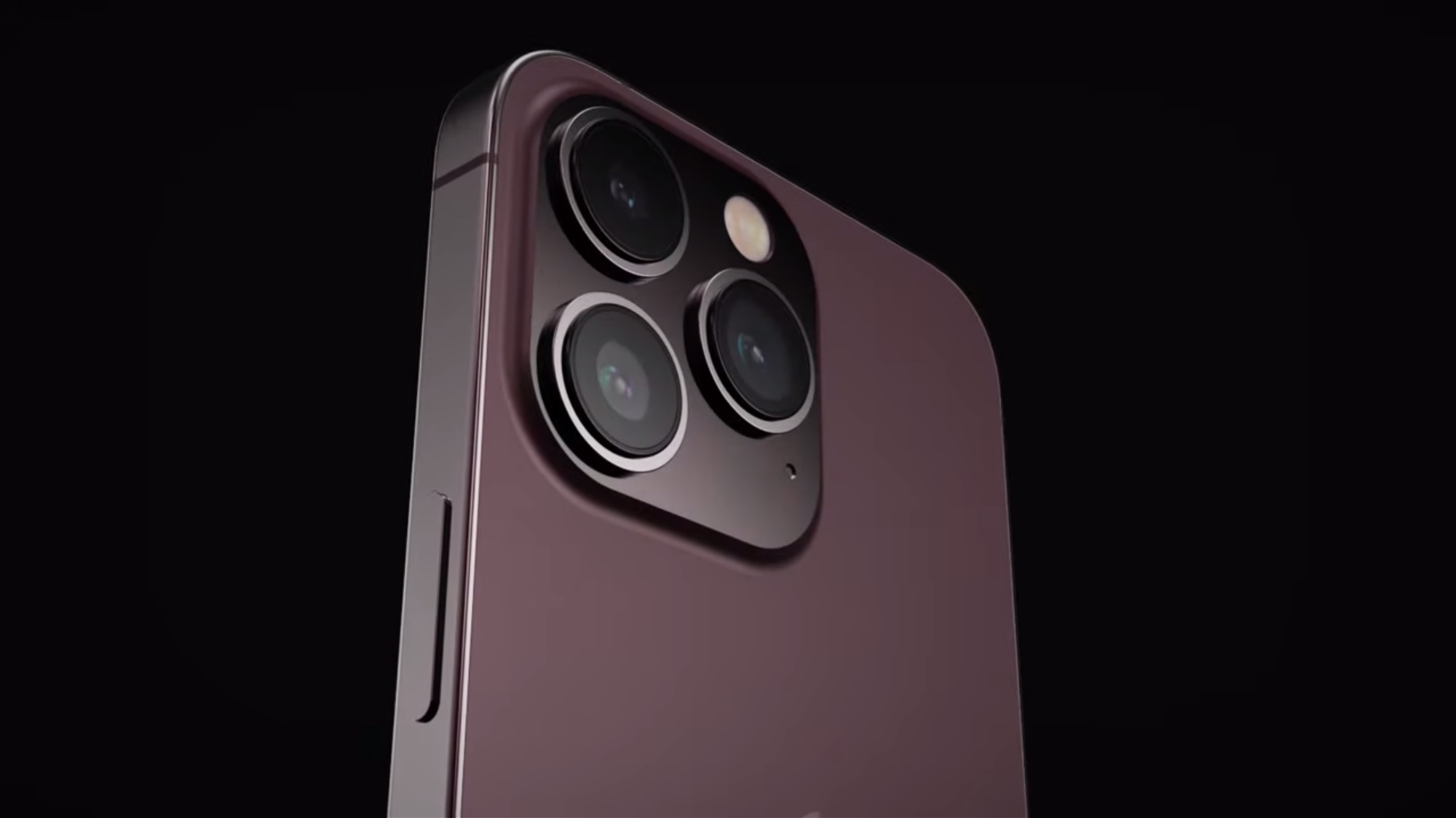
On the front, all four phones could see an upgrade, as one rumor states the selfie camera on all iPhone 14s will gain a wider aperture (for brighter shots) and autofocus for the first time.
According to the latest Google Pixel 7 camera rumor, we'll not see any new hardware this year, only software changes. That would leave us with 50MP main sensors and 12MP ultrawide cameras on both phones. The Pixel 7 Pro might feature the same 48MP 4x telephoto sensor, plus an 11MP front camera. We think the Pixel 7 will keep the 7MP selfie cam.
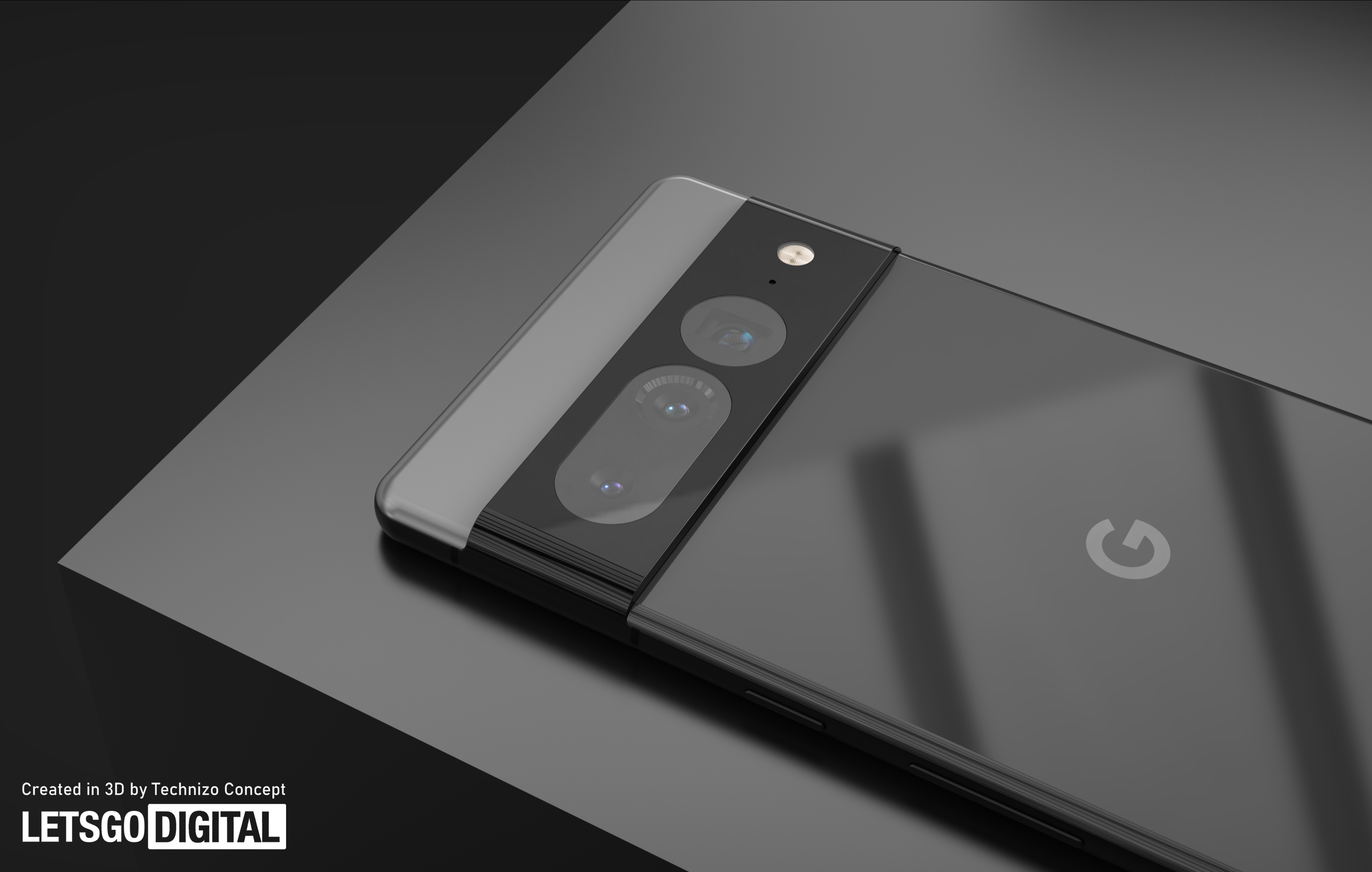
Google puts a lot of effort into its camera processing and software features, so perhaps we'll get lots of new Camera app abilities to play with even if the sensors are the same. But Google already plays second fiddle to Apple on our best camera phones list, and that's without this alleged new 48MP main camera. It could do with just a little more work to get it as reliable and effective as the iPhone's snappers.
iPhone 14 vs. Google Pixel 7: Performance and 5G
Apple has historically had a huge advantage over Android phones when it comes to processing might, but this may change a bit this year as only the iPhone 14 Pro could get Apple's expected new A16 chipset. The standard models will instead get the same A15 chip as the iPhone 13, or at least some version of it, from what we've heard.
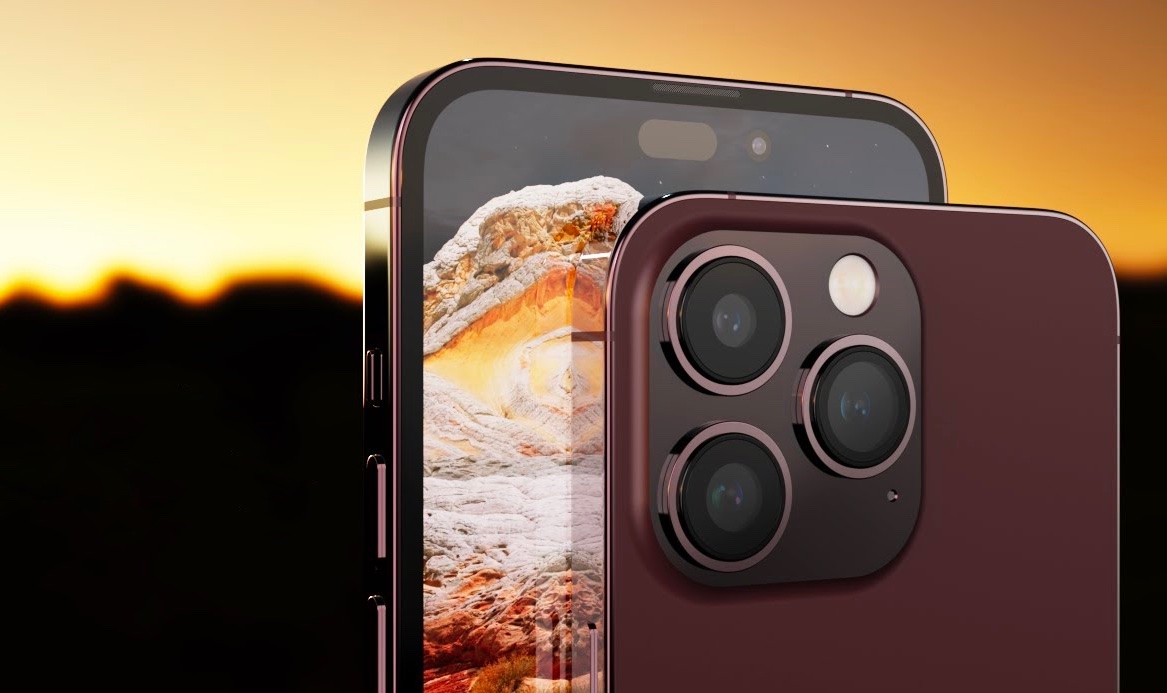
Google's being more generous, at least according to the rumors, and arming both its Pixel 7s with a new Tensor 2 chipset. The original Tensor in the Pixel 6 was Google's first attempt at a proprietary system-on-chip, and one that did a good job even if it didn't perform great in some benchmarks. If Google can squeeze some more power out of the Pixel 7, it should be able to compete with the Snapdragon 8 Gen 1 found in many leading Android phones. It's very unlikely to beat the iPhone though. Apple just offers that much power in its chips.
The new Pixels could get a bump in one area, with the Pixel 7 and Pixel 7 Pro tipped to feature 8GB and 12GB of RAM, respectively. This would be LPDDR5 RAM, which is a bit faster than LPDDR4x memory, currently used by the iPhone. Only the iPhone 14 Pro is rumored to be getting LPDDR5 memory.
Both Apple and Google offer comprehensive 5G compatibility on their phones, and we don't expect that to change with this year's flagship models. Our main hope for Google is that it uses a more up-to-date 5G modem this time around, as the aging chip in the Pixel 6 was likely part of the reason for the phone's poor battery performance. Google might release multiple Pixel 7 models with different 5G compatibility, though we'd imagine the ones that support mmWave 5G will be tied to Verizon.
iPhone 14 vs. Google Pixel 7: Battery and charging
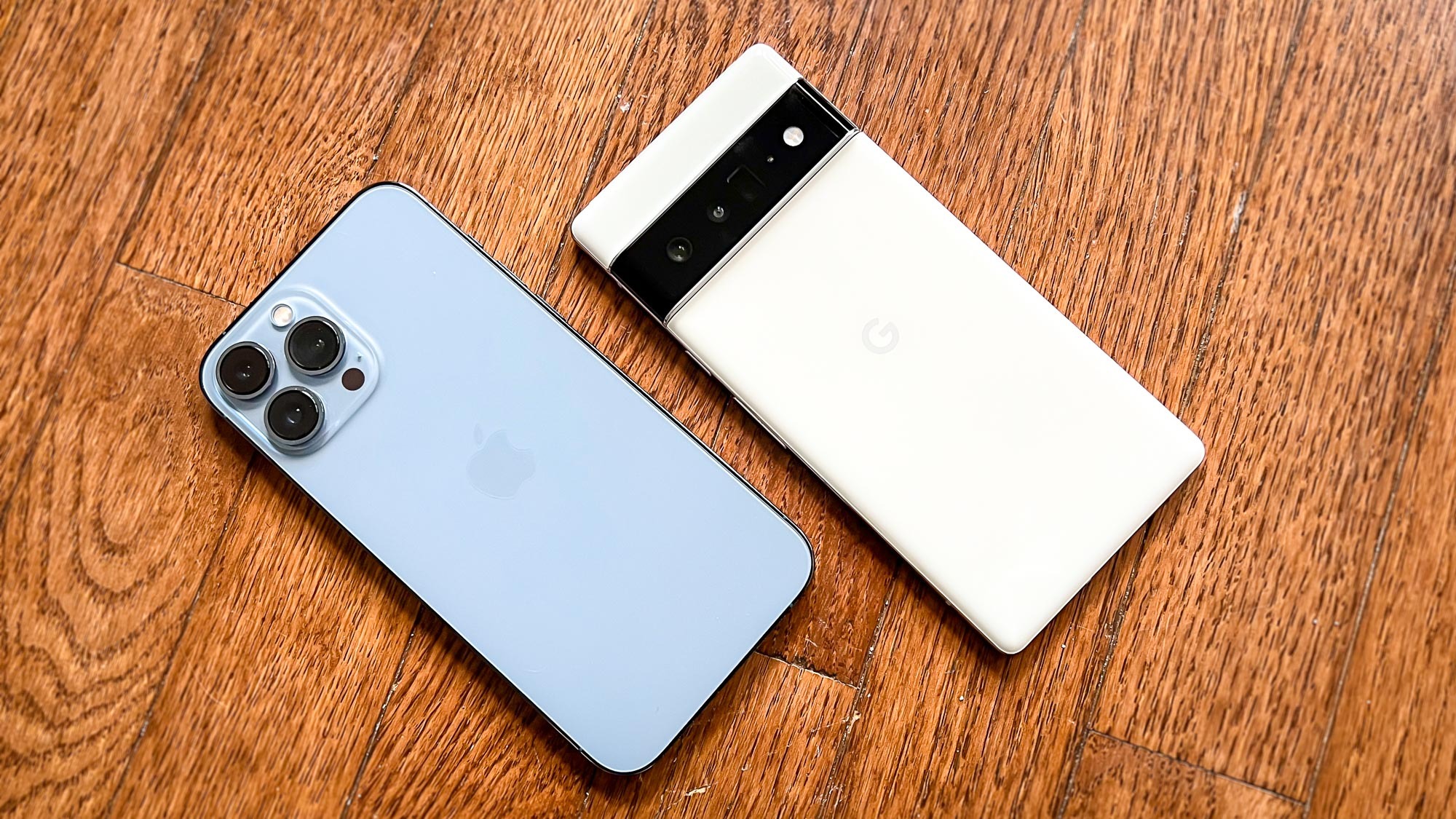
For the iPhone 13, the battery life is on the whole fantastic, and we'd expect another gain in efficiency for the iPhone 14. The iPhone 13 brought with it a battery size upgrade which helped here, but improvements to the software and the new chip in the iPhone 14 Pro should make for a few more minutes of usage per charge.
On the other hand, the Pixel 6 series' worst feature was probably its battery life. The batteries themselves are large enough on paper to deliver the necessary power, so it seems the phone is just inefficient. Getting this right would really help the Pixel 7 become a phone with only minimal drawbacks compared to the competition.
For charging, only the iPhone 14 Pro is tipped to get faster wired charging at 30W, which would bring it in line with what the Pixel offers. Otherwise, the iPhone 14 should stick with 20W wired and 15W wireless charging for the iPhones, and 30W wired and 23W wireless for the Pixel, assuming you use the correct charging gear.
iPhone 14 vs. Google Pixel 7: Software
Here we come to the most fundamental difference between these phones. The Pixel 7 runs on Android, while the iPhone 14 will use iOS.
Both of these phones will use the upcoming versions of these operating systems: Android 13 and iOS 16 respectively. Android 13 is already out for Google's current Pixels, introducing things like editing for copied text before you paste it, and possibly virtual surround sound. But Google will spill all the beans at I/O 2022 in May.
iOS 16 is a public beta at the moment — read our iOS 16 public beta hands-on for our impressions — with the full release likely to drop just before the iPhone 14 hits retails shelves. Big features include a customizable lock screen, complete with widgets and updates to many built-in apps. The lock screen feature could pave the way for an always-on display for the iPhone 14 Pro, according to some rumors.
iPhone 14 vs. Google Pixel 7: Outlook
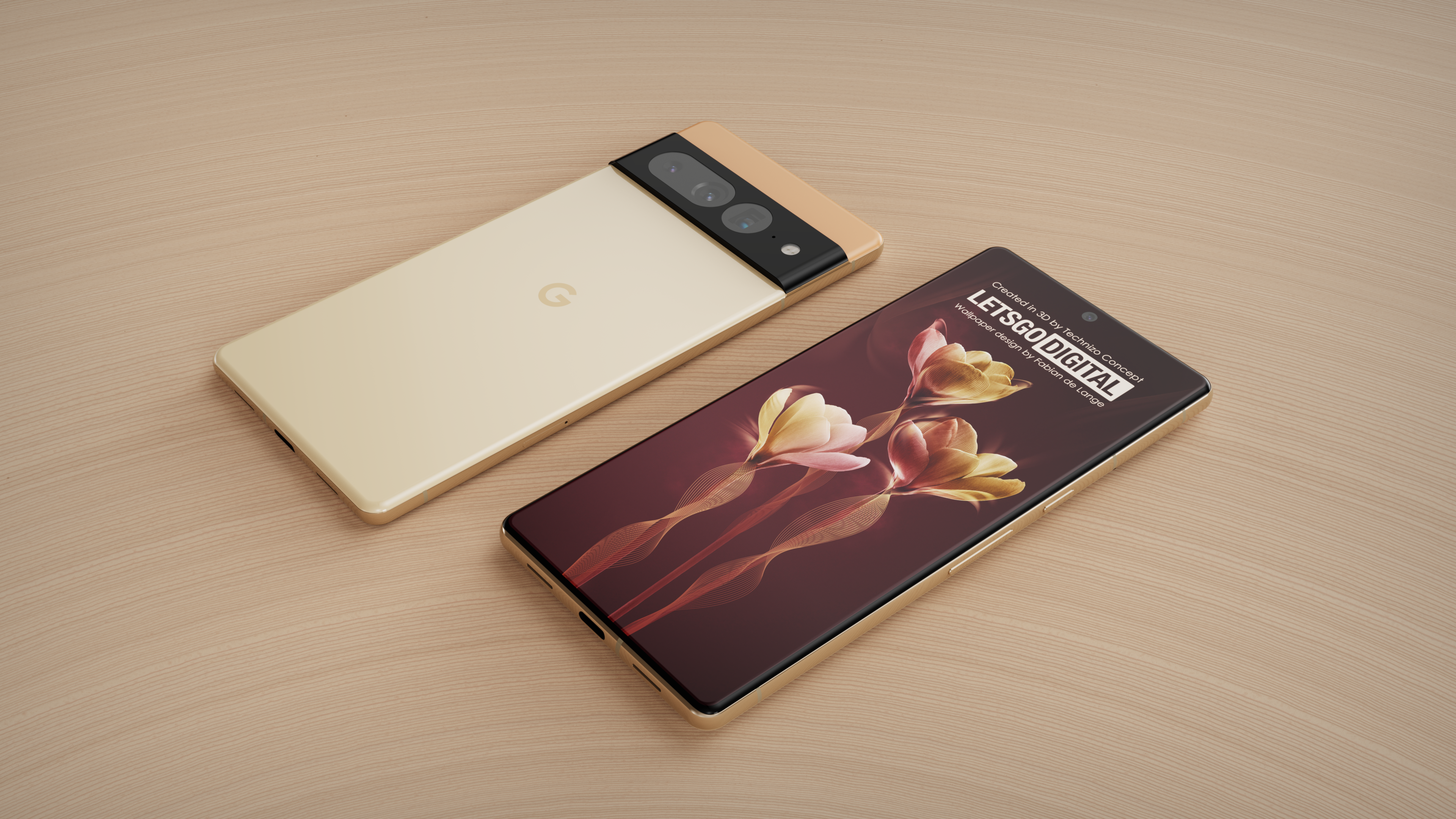
It looks like we need to temper our expectations for both the iPhone 14 and Pixel 7 later this year, as both phones look to be incremental upgrades on their predecessors in most ways. The displays, the cameras, the batteries, and the design of these phones aren't changing much, except in the iPhone 14 Pro's case. That probably gives Apple the advantage, since the iPhone 13 is currently a better phone than the Pixel 6.
If the rumored changes for the iPhone 14 Pro and 14 Pro Max go ahead, then it could end up extending its lead over the Pixel 7 Pro, if Google isn't changing much beyond the processor. There's still likely to be a big price difference though, which will allow Google to scoop up some more budget-minded users.
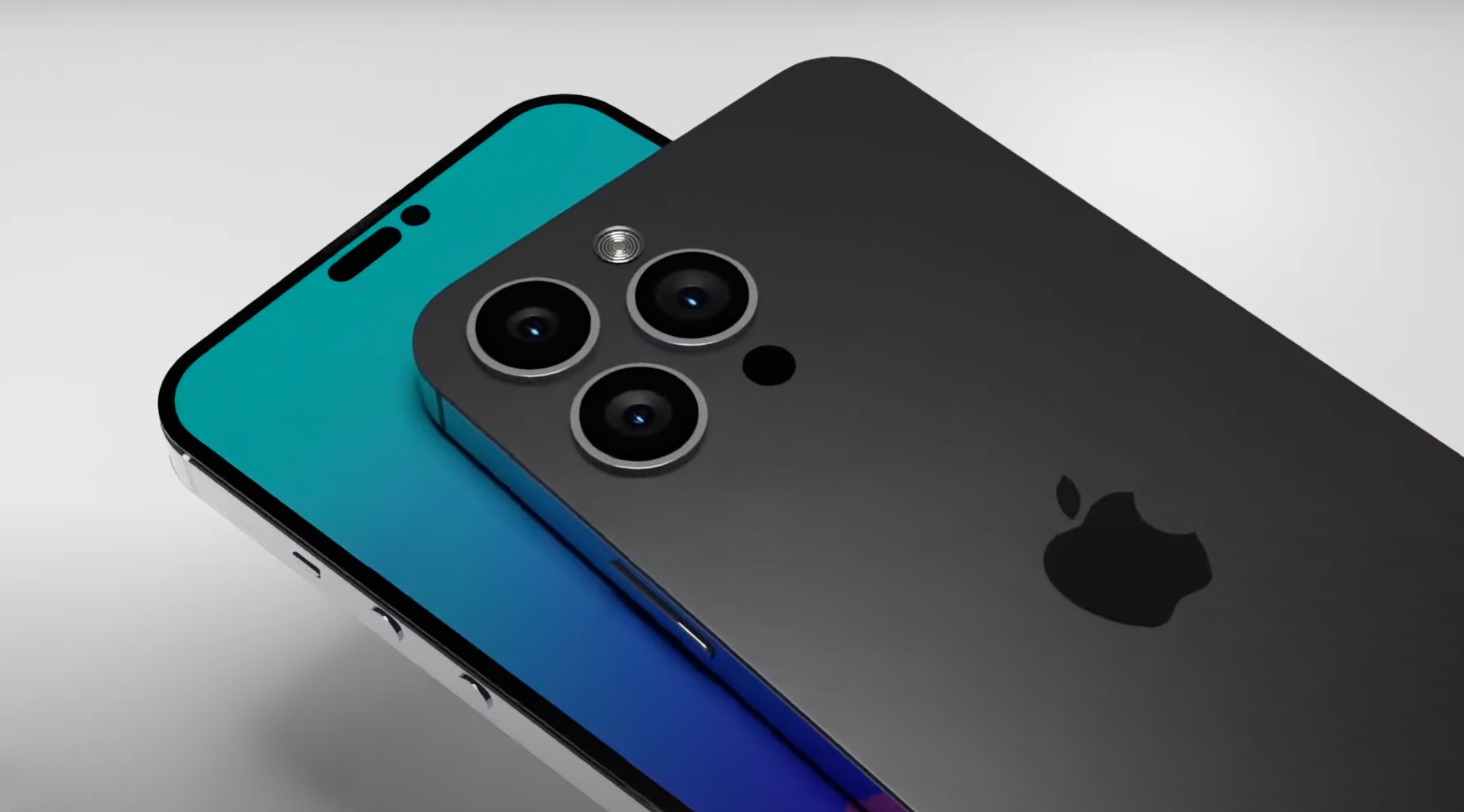
As for the non-Pro phones, Apple may be letting Google catch up. It might be introducing a Max version, but in terms of size and price, it'll still be the base iPhone 14 vs. the base Pixel 7. If it uses the same cameras and chipset as the iPhone 13, then Google has a chance to prove just what sort of good value the Pixel 7 might be, even with only moderate upgrades.
Next: These are the 4 things Google can learn from the iPhone 14 launch for the Pixel 7.

Richard is based in London, covering news, reviews and how-tos for phones, tablets, gaming, and whatever else people need advice on. Following on from his MA in Magazine Journalism at the University of Sheffield, he's also written for WIRED U.K., The Register and Creative Bloq. When not at work, he's likely thinking about how to brew the perfect cup of specialty coffee.
